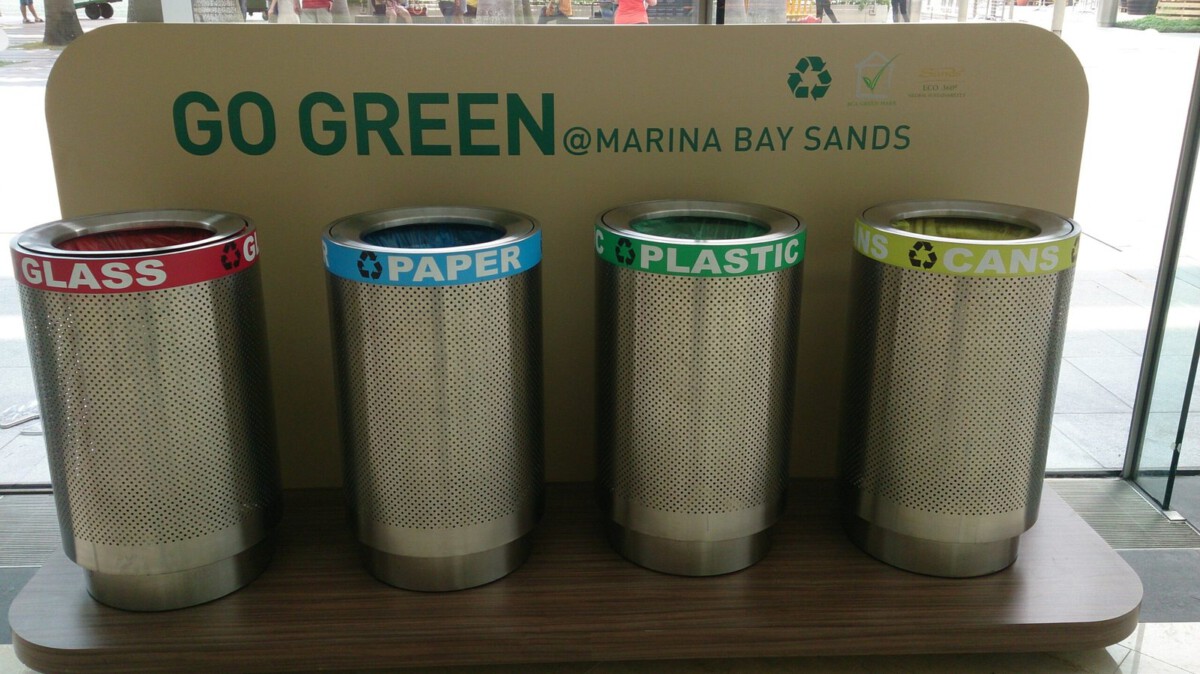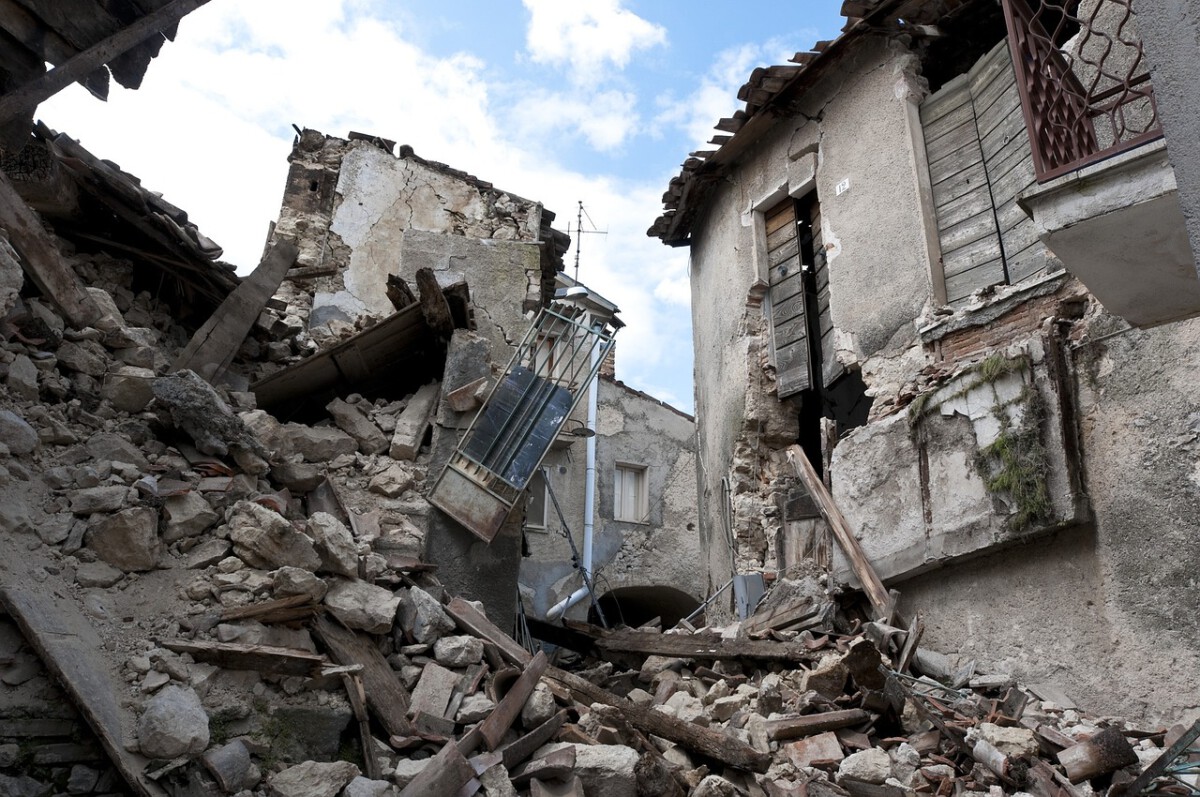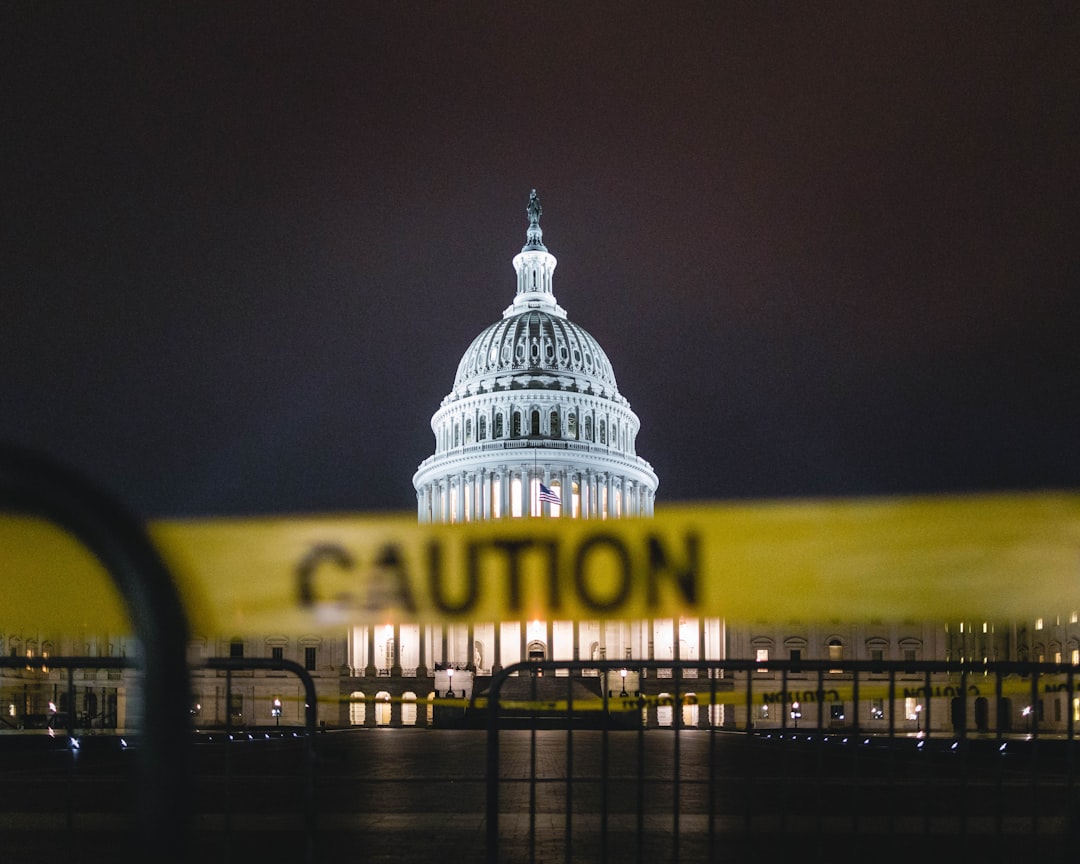Japan: Where Cleanliness is a Way of Life

If you’ve ever visited Japan, you’ve probably noticed how shockingly spotless everything is—from the bustling streets of Tokyo to the quiet corners of Kyoto. Cleanliness is woven into the culture, with even schoolchildren pitching in to clean their classrooms and hallways every day. According to the 2023 Global Cleanliness Index, an impressive 95% of people surveyed said they found little or no litter in Japanese urban areas. This is no accident—Japan’s waste system is famously strict, requiring residents to sort and recycle with precision. Public spaces are kept pristine partly because there are few public trash bins, encouraging people to take their trash home. Neighborhood clean-up days are common, and there’s a shared sense of pride in keeping communities tidy. The Japanese government consistently updates regulations to keep cities and countryside clean, making Japan a place where respect for the environment is a daily ritual.
Switzerland: Pristine Scenery, Meticulous Cities

Switzerland’s landscapes look like they jumped out of a postcard, and the cities match that beauty with their extraordinary cleanliness. As of 2024, the Swiss have achieved a recycling rate of over 50%, showing their serious approach to waste management. The Swiss Federal Office for the Environment reported a 30% reduction in greenhouse gas emissions since 1990, partly due to strict industrial pollution controls. Streets in cities like Zurich and Geneva are regularly cleaned, and littering is rare thanks to both social pressure and fines. Public transportation is spotless, and even the lakes and rivers are crystal clear, often safe enough to swim in right in the middle of the city. The Swiss pride themselves on orderliness, and that translates into their everyday habits, from recycling at home to keeping local parks immaculate. Even visitors quickly pick up on the unspoken rule: leave no trace.
Singapore: Cleanliness Through Rules and Innovation

Singapore stands out as the ultimate example of urban cleanliness, thanks in large part to its tough laws and ingenious public policies. Littering comes with hefty fines, and repeat offenders may be required to clean public areas as a penalty. In a 2023 survey, 92% of residents and visitors praised Singapore’s clean streets, spotless public toilets, and lush, tidy parks. The National Environment Agency is constantly rolling out campaigns to encourage responsible waste disposal, even organizing neighborhood clean-up events. Hawker centers, a beloved part of Singapore’s food culture, are regularly inspected and cleaned, ensuring hygiene is always top-notch. Recycling bins are everywhere, and educational programs for children and adults alike stress the importance of keeping Singapore beautiful. The result is a city where chewing gum is famously restricted, and even the tiniest scrap of litter is swiftly whisked away.
Finland: Clean Air and Eco-Friendly Living

Finland is a country where nature and urban life blend seamlessly—and everything is incredibly clean. As of 2025, Finland recycles or composts more than 99% of its waste, an astounding achievement rooted in years of public education and investment. The air quality here is among the best in the world, with the World Health Organization highlighting Finland’s low pollution levels year after year. Finnish cities are designed with cleanliness in mind: you’ll find plenty of recycling stations and almost no litter. The government’s focus on eco-friendly living has led to strict environmental regulations and widespread use of renewable energy. Green spaces abound, and citizens take pride in keeping parks and forests pristine. Even in the capital, Helsinki, people take their shoes off before entering their own homes—a small gesture that reflects a national respect for cleanliness.
Denmark: Clean Streets and Green Lifestyles

Denmark shines as a model of cleanliness and sustainability, with Copenhagen often topping lists of the world’s cleanest cities. By 2024, Denmark’s recycling rate had reached 62%, thanks to comprehensive waste-sorting systems and public awareness campaigns. Danish cities are dotted with green spaces, and bike lanes crisscross urban centers, encouraging eco-friendly transport. The Danish Environmental Protection Agency enforces strict air and water quality standards, keeping pollution in check. Street cleaning is routine, and littering is discouraged not just by law but by a strong sense of community responsibility. Cafés and restaurants are required to maintain high hygiene standards, and even harbor areas are clean enough for swimming. The government’s investment in renewable energy and waste management technology keeps Denmark on the cutting edge of environmental health.
New Zealand: Nature’s Clean Canvas

New Zealand’s “clean and green” reputation isn’t just a catchy slogan—it’s backed up by real action and impressive statistics. The Ministry for the Environment reported in 2023 that the country had reached a 48% recycling rate, with plans in motion to increase this number further. Plastic bag bans and a push to reduce single-use plastics have helped keep beaches and parks litter-free. Kiwis take pride in protecting their natural wonders, from the jagged mountains to the sparkling lakes, knowing tourism depends on these landscapes staying pristine. City centers, especially in Wellington and Auckland, are routinely cleaned and maintained. Volunteer groups organize regular clean-ups, and environmental education starts early in schools. Even visitors are encouraged to “leave no trace,” making cleanliness a shared responsibility.
Canada: Keeping Cities and Wilderness Clean

Canada’s reputation for cleanliness extends from its cosmopolitan cities to its wild national parks. As of 2024, the national recycling rate stood at 30%, with cities like Vancouver and Toronto leading the way in sustainability. Public transportation systems are well maintained, and there’s a strong culture of waste separation and recycling at home and in public. Parks, waterfronts, and urban green spaces are meticulously cared for, offering residents and tourists clean places to relax. The Canadian government has invested in public awareness campaigns and infrastructure to reduce litter and pollution, with ongoing projects to improve air quality in major cities. Winter snow may hide a lot, but come spring, community groups organize city-wide clean-ups to keep neighborhoods tidy. Canadians often say they feel a sense of stewardship over their vast, beautiful land, and that’s reflected in their habits.
India: Battling Waste and Raising Awareness

India’s struggle with cleanliness is complex and deeply rooted in rapid urban growth. As of 2023, only about 30% of waste in India was being properly managed, according to government statistics. Major cities like Delhi and Mumbai face daily challenges with litter, overflowing landfills, and plastic pollution. The government’s Swachh Bharat Mission (Clean India Mission) has made some strides, especially in increasing access to toilets and raising awareness about sanitation. Still, the sheer population size and pace of urbanization make progress slow. Public campaigns encourage citizens to take pride in cleaner streets, and some cities have seen improvements, but many regions remain overwhelmed. The challenge isn’t just infrastructure—it’s changing attitudes and habits across a vast, diverse country.
Brazil: Environmental Riches, Urban Challenges

Brazil is a country of contrasts, with the Amazon rainforest on one hand and sprawling cities with cleanliness struggles on the other. As of 2024, Brazil’s recycling rate was just 3%, a figure that highlights the enormity of its waste management challenge. Major cities like São Paulo and Rio de Janeiro deal with high levels of pollution and inadequate waste collection, leading to littered streets and waterways. Deforestation and illegal dumping further threaten the environment, with visible impacts on both urban and rural areas. The government has started to focus more on environmental policies, but enforcement and funding remain issues. Community-led clean-up efforts are growing, and there’s increasing public pressure to protect Brazil’s natural beauty, but progress on the cleanliness front is slow.
Nigeria: Urbanization and the Struggle for Cleanliness

Nigeria’s rapid urban growth has brought opportunity—and significant cleanliness challenges. By 2025, only about 20% of waste in Nigeria’s cities was being collected and disposed of properly, according to urban planning reports. Cities like Lagos are overwhelmed by litter, plastic pollution, and insufficient sanitation facilities. The government has launched initiatives to improve waste management, including public education campaigns and increased investment in infrastructure. However, limited resources, population growth, and inconsistent enforcement make it difficult to keep up. Informal waste pickers play a vital role in recycling efforts, but the scale of the problem is immense. In spite of these challenges, there are signs of hope, such as community clean-up days and new recycling businesses in major cities.








